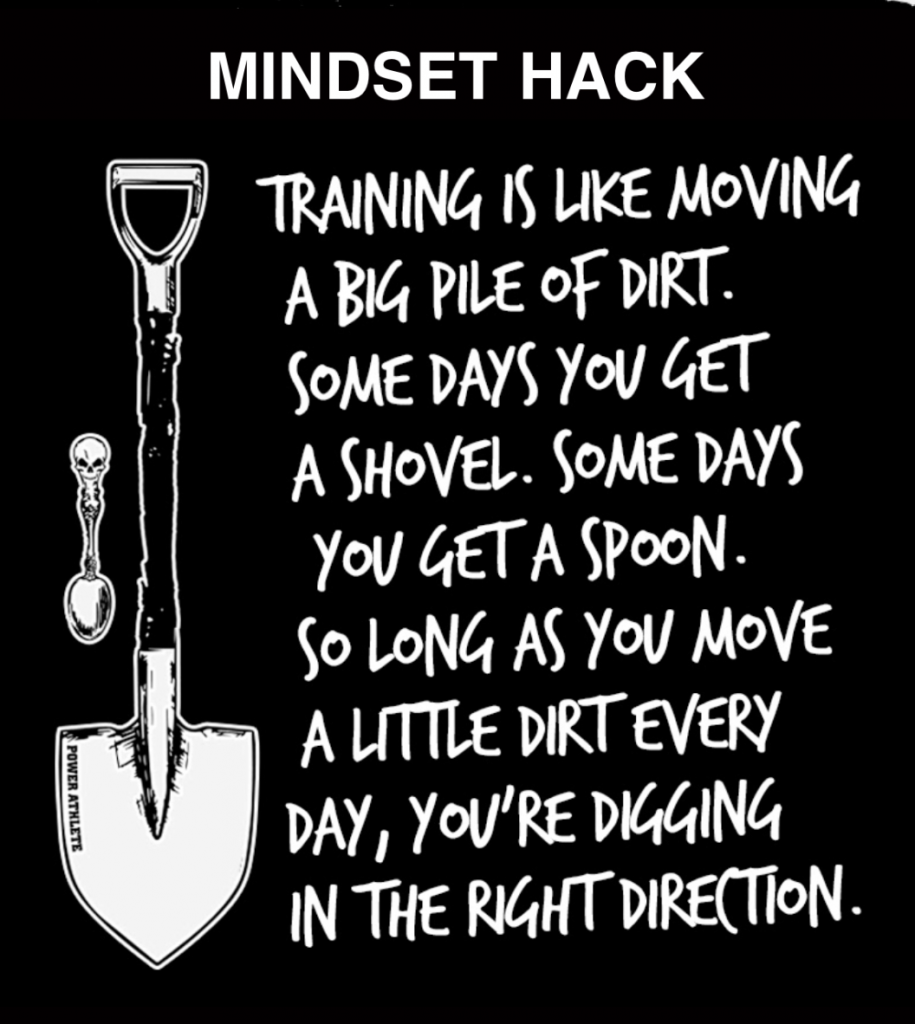Just Keep Moving: Consistency for the Long Game
This is not an article advocating low intensity exercise, but rather a case against maximum effort training. Don’t be confused, I’m not talking about the maximum effort method of the conjugate system, but rather how “high intensity training” has been translated by coaches and athletes to mean “maximum effort training.”
Regardless of where you are in your fitness journey, consistency is the bedrock that all performance is built upon. The higher the intensity something is, the more difficult it will be to sustain day-after-day. Thoughtfully constructed programming can help mitigate this, but learning to adjust training intensity on a daily/weekly basis is a skill that can (and should) be learned by anyone with hopes to be training into the later years of their life.
Intensity is relative
Each individual has varying psychological and physiological limitations. Swedish researcher Gunnar Borg invented the Rate of Perceived Exertion (RPE) scale in the 1960s to help measure the intensity of exercise. This subjective tool is useful because each person has a radically different perception of pain and effort.
As experience is gained and efficiency of movement improves, performance tends to increase without a drastic rise in RPE. This can be attributed to a combination of physiological development and familiarity with the demands of training.
The key takeaway with this point is to find the sweet spot of RPE in your daily training to make it sustainable and enjoyable, while still working hard enough to make gains. Finding this threshold is an art that requires great coaching at first and can be carried on by the athlete over time with experience.
Build a foundation with the 130 hour rule
If you’re starting out or getting back into a regular fitness routine, there’s a baseline level of work that needs to be done to lay a foundation for long term success. Bobby Maximus is a world renowned coach that has developed the 130 hour rule, which claims that it takes the majority of people 130 quality training hours to become fit. This is the equivalent of training an hour a day, five days per week for six months.
Maximus has worked with clients who have hit 130 hours in 12 weeks, training an hour twice per day, Monday through Friday, and once on Saturdays.
While this may be overkill and unrealistic for most people’s schedule, it shows that there’s no way around the work that needs to be done. If you want something sooner, it requires more work. If you’re willing to wait, you can take a more gradual approach to accomplishing the goals you’ve set out for yourself.
In most situations, our expectations dictate our happiness. If you or someone you know is becoming frustrated with the speed of their progress, first take inventory of the hours of quality training accumulated in the past six months.
Move the dirt
John Welbourn is a former NFL football player and the founder of Power Athlete Inc. He’s built a massive online community of coaches and athletes by delivering education and programs dedicated to improved performance. Welbourn has a mantra that he has shared frequently in blogs and podcasts about his mindset to training.

This mantra will resonate with anyone that’s been training for a long time. Some days you feel great, but there are always going to be bad days. The most important thing is showing up and doing the work while adjusting the intensity as needed to maintain the goal for that day. On the days you’re not feeling it, lower your expectations and just move the dirt.
The bottom line: Unless you have a hard deadline coming up, there’s really no rush to train so hard that you can’t sustain the levels of your effort. Focus on showing up consistently and making your training habit as automatic as brushing your teeth.
Use the 130 hour rule as a gauge to assess your consistency over the last six months and set goals to be consistent before worrying about performance. Remember that you’re human and life is going to get in the way, so don’t be surprised when things don’t go according to plan, just move the dirt and carry on.